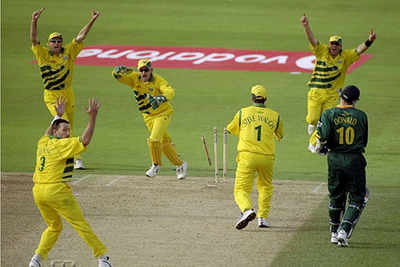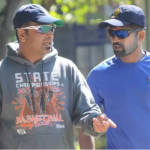Formats of Cricket Game – One Day International (ODI)
In last article we have go through one of the format of cricket game which is Test Cricket. In this article we are going to tell you what is One Day International game and how are the rules different from Test cricket.
One Day International
One Day Internationals or ODIs are ‘limited-over’ cricket matches, which were launched in 1971 and became popular in the 1980s. At the beginning, ODI included matches played with 60 overs for each side and a dress code similar to Test Cricket. However, drastic rule changes and it have completely changed the face of this format over the years. Teams are now wearing colored uniforms and play with a white leather ball instead of a red one seen in Test cricket. Such one-inning matches are now subject to a limit of 50 overs a hand, rendering them quicker and more entertaining than Test matches. Specific rules and field constraints have forced players in this type to work hard to develop their strategy, ability and pace to excel.
Well, in ODIs, each bowler can only make a maximum of 10 overs. There are 3 powerplays per inning in this format:
- Overs 1-10: Only 2 fielders outside the 30-yard circle are permitted
- Overs 11-40: Only 4 fielders outside the 30-yard circle are permitted
- Overs 41:50: Only 5 fielders outside the 30-yard circle are permitted
Although Test cricket might have looked confusing at first, ODIs are relatively simple and quick to understand. Team A bats first and achieves X runs in 50 overs (or fewer if they are all out). Team B has to follow the target of X in the 50 overs. Failure to do this either by being bowled out before hitting X runs or running out of overs results in Team B losing the game.
Even though limited over matches can be declared a ‘tie’ or a ‘no result’ but they cannot have a “draw” result. The net run-rate helps to decide the rankings if the teams are level on points where tiebreakers are sometimes held to determine the winner in the tournaments. ODI matches are typically done in a single day of play, while matches that are interrupted by poor weather may be performed or finished on a reserve day.





